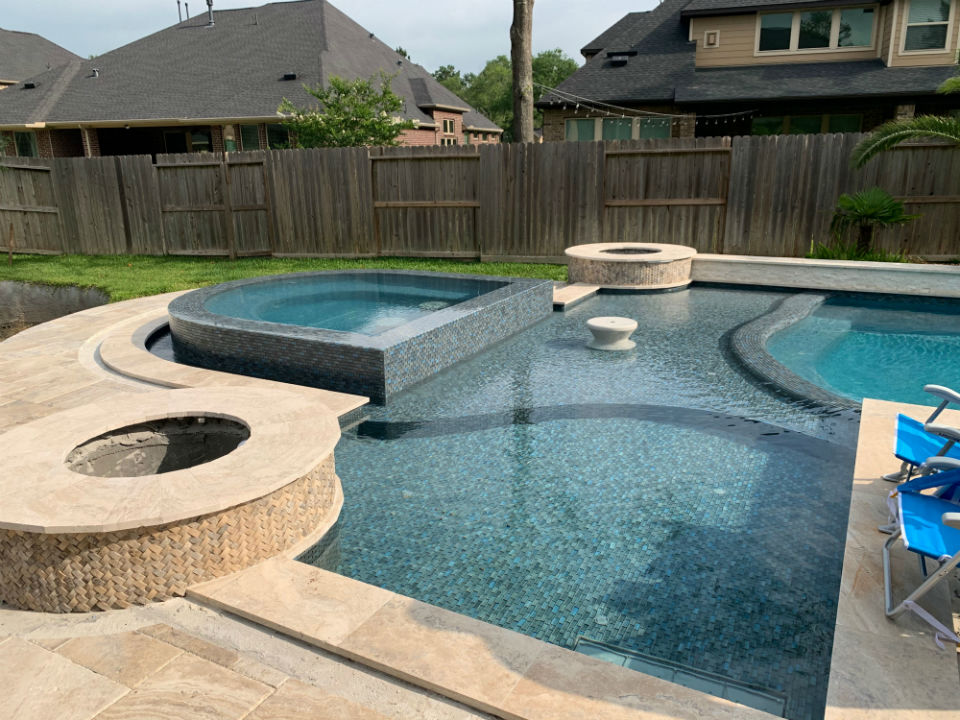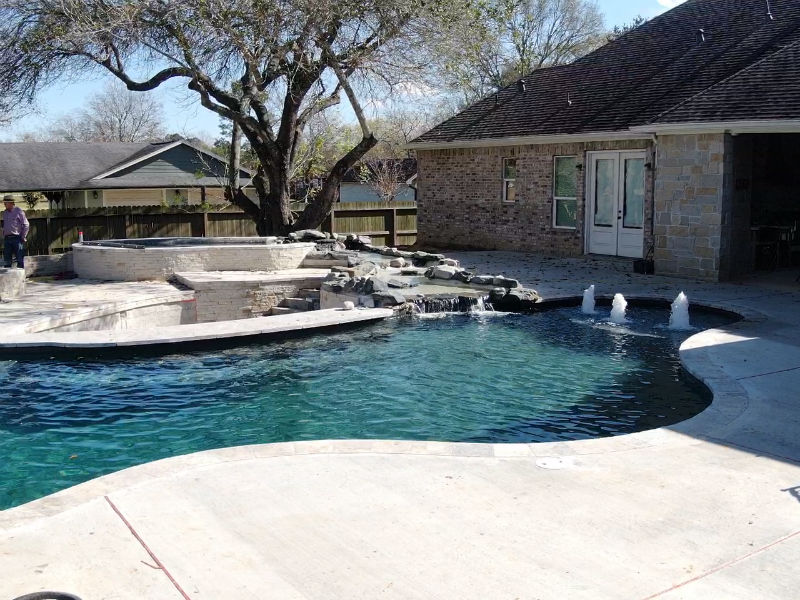As the summer months leave and the fall and winter months approach, it’s important to start thinking about your pool. Many homeowners are still unsure of how they are supposed to winterize their pools properly. This doesn’t require as much effort as you might think.

Call us today!
There are so many different parts to a pool. When it comes to winterizing your pool, you want to focus on balancing the chemicals in the water. Of course, this is what gets used the most, and it is what will be exposed.
Chemicals are used in swimming pools at all times of the year, but did you know that you don’t need them as much during the wintertime? This is a common misconception in the community, and we are here to tell you what steps you should take. Getting through the winter with a pool shouldn’t be difficult, and we’ll help.
Winterizing Your Pool
It’s time to wind down and close your pool. The first and most important step is draining and cleaning the pool. Before you start pouring any chemicals into your water, take the time to clean it. This will make the chemicals you’re about to use more effective.
When we say clean your pool, we mean scrubbing all the surfaces, including filters, liners, and skimmers. Then, you want to continue by vacuuming and removing leaves. Once you are sure your entire pool is clean, you’re ready to move on to the next part.
After this, you want to take an at-home pH-level tester kit. Test the pH level and make sure that it is at the appropriate level for your pool. Use the following as a guide:
- pH Level: between 7.2 – 7.4
- Alkalinity: between 80 – 120 ppm
- Chlorine Level: between 1.5 – 2.5 ppm
If your pool water meets these standards, you’re ready to start with the next steps. The next thing to do would be to shock your pool with chemicals, and you might need to repeat the same step every month during the winter. But there is a way you can avoid that and make life and winterizing your pool a little simpler.
After winterizing your pool, you’ll want to cover it to maintain the chemical balance while the temperature lowers. The type of cover you have determines whether you’ll need to shock your pool once a month during winter. You’ll probably have to do this if you have a flimsy or old cover. That is because sunlight might still be able to penetrate.
We recommend investing in a sturdy cover because it’s sure to save you time and money. The last step is to add unstabilized chlorine to the water. This will help thoroughly clean the water, so you won’t have to worry about it anymore. Then, when you’ve done that, it’s time to close the pool with your sturdy cover.

We are here to help.
Call JR Pool Plastering & Texas Gunite Ltd. for any Further Questions
You don’t need to use as many chemicals as you might think for all of those steps. If you already have your winterizing kit chemicals, shock your marcite pool with them. The main thing that you want to invest in is a study pool cover. This is what makes it possible not to need to use many chemicals.
Don’t overlook our other services: pool replastering, retile & coping, spa additions, pool decking, and more.
With this information, it’s time to start winterizing your pool. If you have any further questions, call us if you are in the greater Houston Area. Our team can help answer those questions for you.
One thought on "Why Pools Don’t Need as Much Chemical Treatment During Winter Months"